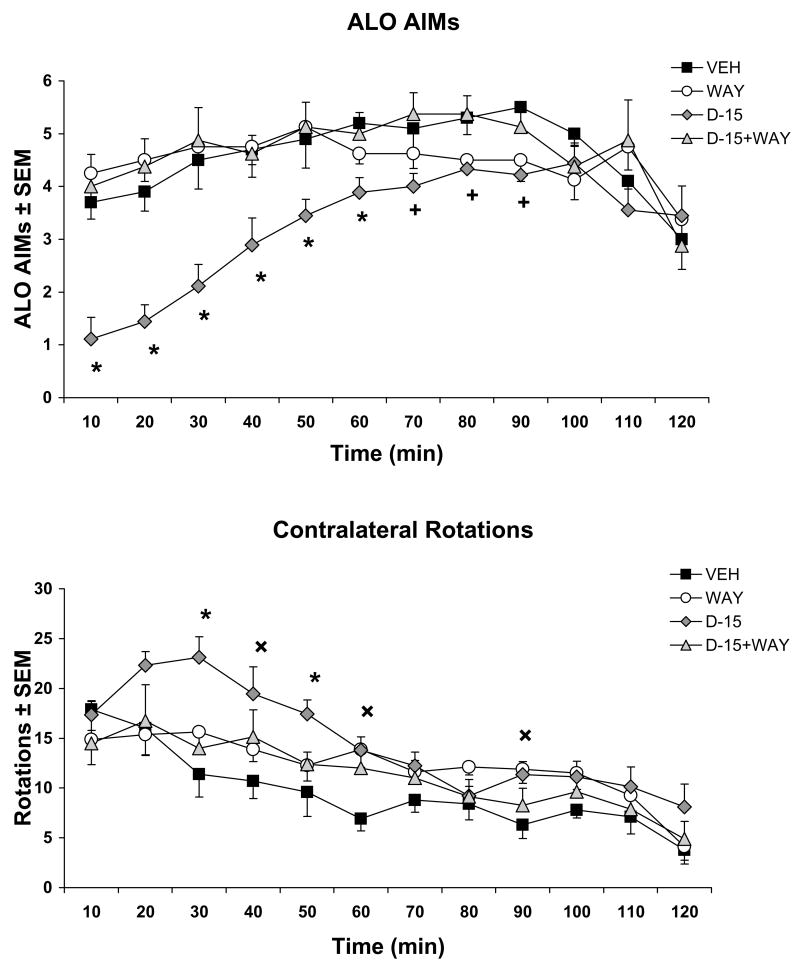Figure 4. Co-administration of the 5-HT1AR antagonist WAY100635 reverses ±8-OH-DPAT’s effects on D1R-mediated behaviors.
Rats (n=8–10/treatment group) received intrastriatal, bilateral microinfusions of vehicle (VEH), the 5-HT1AR antagonist WAY100635 (WAY; 5 μg/side), the 5-HT1AR agonist ±8-OH-DPAT (D; 15 μg/side), or ±8-OH-DPAT (15 μg/side) + WAY100635 (5 μg/side), followed 5 min later by treatment with the D1R agonist SKF81297 (0.8 mg/kg, sc). Lines indicate the treatment means for (A) ALO AIMs ± SEM and (B) contralateral rotations ± SEM for medial forebrain bundle 6-OHDA-lesioned rats every 10 min for 2 hr. Main effects were determined by Kruskal-Wallis tests and two-way ANOVAs for ALO AIMs and rotations, respectively. Post hoc comparisons indicate significant differences between treatments at the time points indicated.
* p < 0.05 for D-15 vs all; + p < 0.05 for D-15 vs. VEH and D-15+WAY; ×p < 0.05 for D-15 vs VEH only

